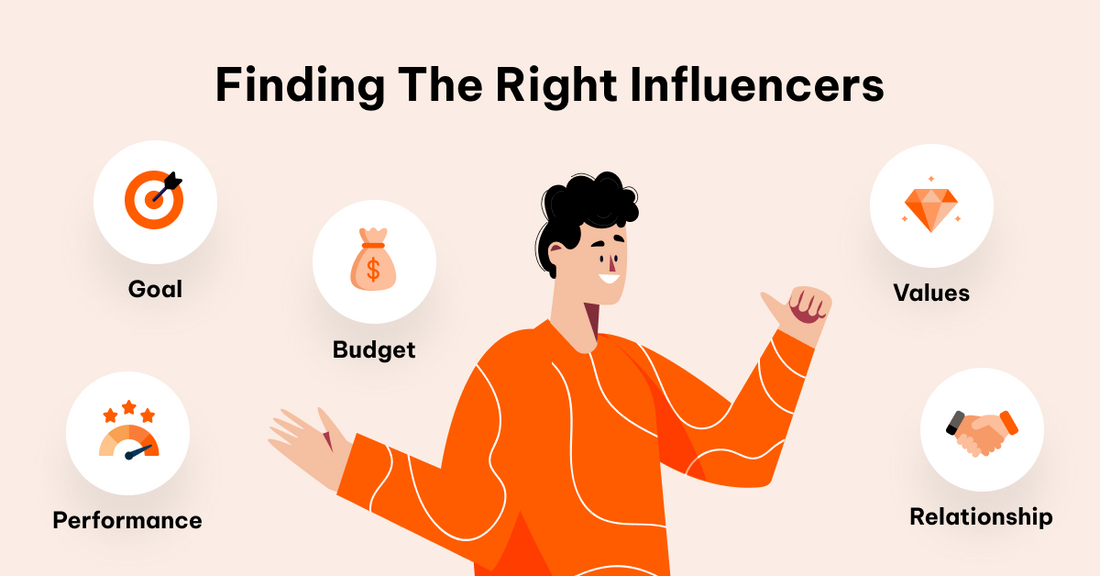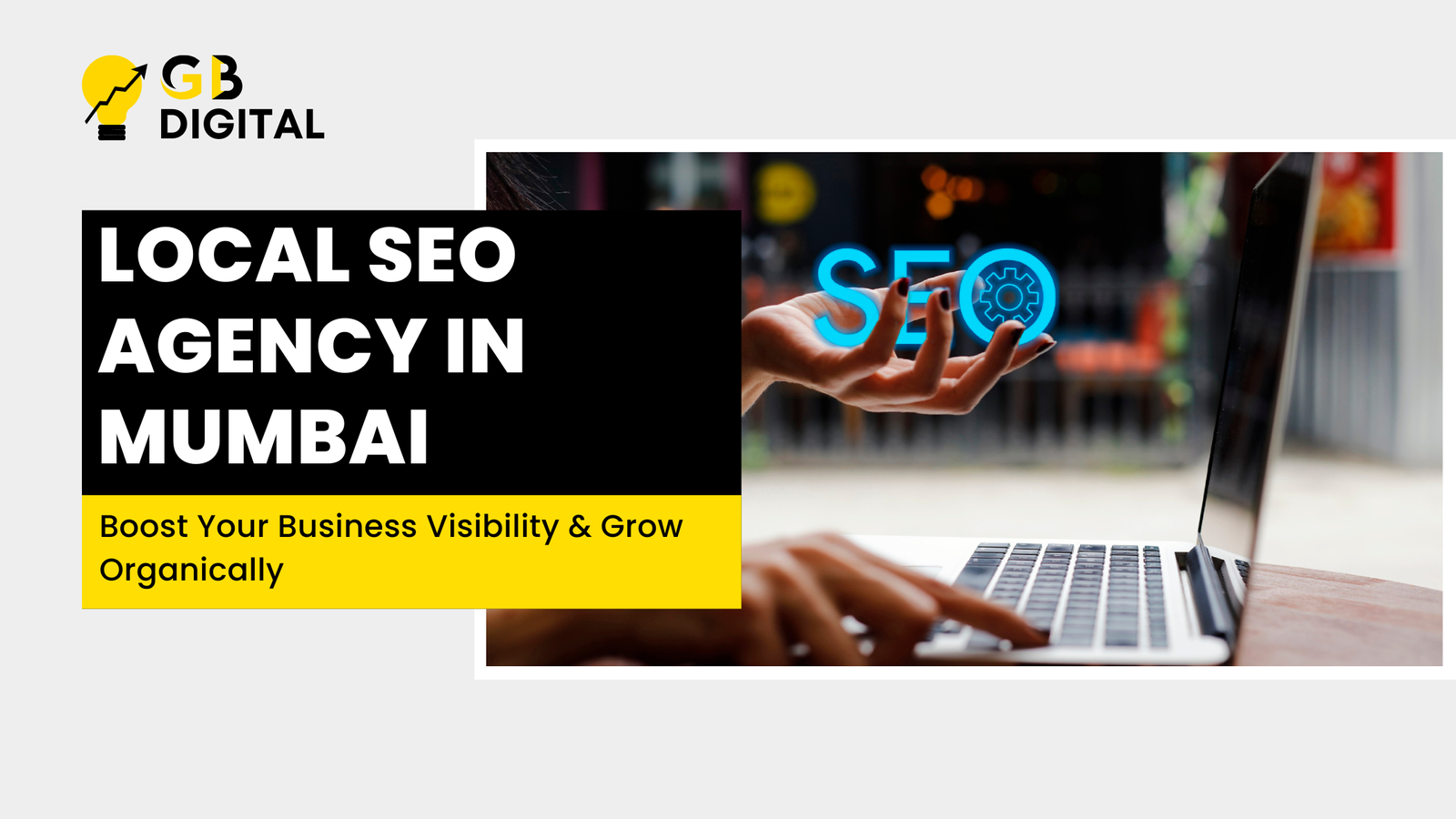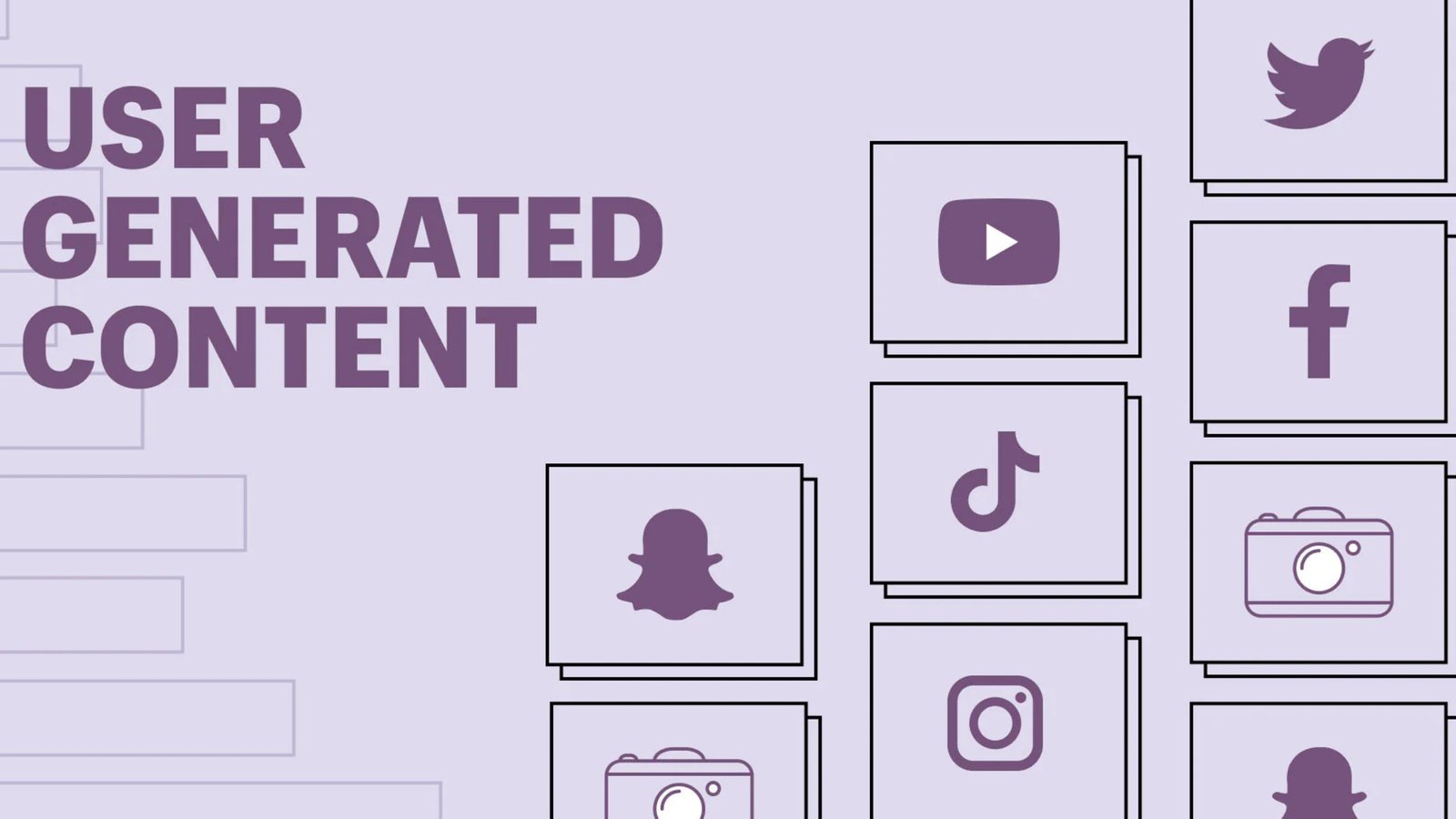Influencer marketing has emerged as a critical strategy for brands looking to tap into highly engaged audiences. As the market becomes saturated, marketers are now more focused on influencer marketing ROI (Return on Investment). Understanding and measuring the ROI of influencer campaigns is essential for ensuring you’re getting the most value from your marketing efforts. This article will walk you through the importance of influencer marketing ROI, how to measure it, and strategies to improve it.
We will cover key aspects such as setting up effective KPIs, tracking metrics, and looking at emerging trends in influencer marketing ROI. By the end of this guide, you’ll have actionable insights to optimize your influencer campaigns for maximum returns.
Understanding Influencer Marketing ROI
What Is Influencer Marketing ROI?
Influencer marketing ROI refers to the financial return a brand gains from its investment in influencer partnerships. Simply put, it’s how much revenue or other measurable outcomes (brand awareness, website traffic, conversions) you get back from what you spent on your influencer campaigns.

Why Is Influencer Marketing ROI Important?
With influencer marketing budgets rising, businesses need to justify their expenditures. Measuring ROI not only helps in evaluating the success of the campaign but also provides insights into refining future strategies. A positive ROI indicates that the investment was worthwhile, while a negative one means it’s time to reassess your approach.
Key Metrics to Measure Influencer Marketing ROI
Sales Conversions
One of the most direct ways to measure ROI is through sales conversions. This involves tracking the number of purchases that resulted from an influencer’s promotion of your product or service.
Engagement Rates
Likes, comments, and shares are often considered “soft metrics,” but they can still provide valuable insights. A highly engaged audience suggests that the influencer’s followers are interacting with the content, which could eventually lead to conversions.

Click-Through Rates (CTR)
Click-through rates measure how many users clicked on a link in the influencer’s post, directing them to your website or landing page. A high CTR is a good indicator that the content is resonating with the audience and driving traffic.
Brand Awareness
While harder to quantify, increasing brand awareness is one of the primary objectives of many influencer campaigns. Brand mentions, social media mentions, and increased follower counts can help indicate improved awareness.
Cost Per Engagement (CPE)
CPE measures how much each engagement (like, comment, or share) costs in a campaign. This helps determine the efficiency of your influencer spending.
Strategies to Improve Influencer Marketing ROI
Choose the Right Influencers
Finding influencers that align with your brand values and have an engaged, relevant audience is key to maximizing ROI. It’s better to work with micro-influencers who have a highly engaged following than large influencers with less engagement.

Set Clear Campaign Objectives
Define what you want to achieve—whether it’s brand awareness, sales, or website traffic—before launching your campaign. Setting clear KPIs helps measure success and refine strategies over time.
Create Authentic, High-Quality Content
Allow influencers creative freedom, as their authentic voice will resonate better with their audience. However, make sure the content aligns with your brand’s message.

Track Data Continuously
Use tools like Google Analytics, affiliate tracking links, or UTM codes to continuously monitor campaign performance. This data will be invaluable for assessing the campaign’s impact and tweaking future strategies.
Future Outlook and Practical Applications
Emerging Trends in Influencer Marketing ROI
- AI and Data Analytics: With AI-driven tools, brands can predict the ROI of influencer campaigns even before they are launched.
- Live Shopping with Influencers: This is becoming a hot trend in markets like China, and it allows brands to measure ROI in real time as followers make purchases during live streams.
- Long-Term Partnerships: Instead of one-off promotions, brands are forming long-term relationships with influencers to build sustained trust and higher ROI.
Practical Tips to Boost Your Influencer Marketing ROI
- Leverage User-Generated Content: Encourage influencers to create content that their followers can replicate and share. This adds extra value to your campaign without additional costs.
- Focus on Engagement over Reach: Engagement is a better indicator of success than sheer follower numbers. An influencer with a smaller, more engaged audience may offer better ROI than a celebrity with millions of followers.
Conclusion
Measuring and improving influencer marketing ROI is crucial for long-term success in this increasingly competitive space. By understanding how to calculate ROI, tracking key metrics, and following best practices for influencer selection and content creation, brands can maximize the effectiveness of their campaigns. As the industry evolves, staying ahead of emerging trends and leveraging new technologies will also be vital to sustaining high returns.
FAQs
Q1. What is influencer marketing ROI?
Influencer marketing ROI refers to the return on investment from influencer campaigns, measuring how much value or revenue is generated compared to the campaign’s cost.
Q2. How do I measure influencer marketing ROI?
You can measure ROI by tracking metrics like sales conversions, engagement rates, click-through rates, and brand awareness. The basic formula for calculating ROI is (Revenue - Cost) / Cost.
Q3. What metrics should I track for influencer marketing ROI?
Key metrics include sales conversions, engagement rates, click-through rates (CTR), brand awareness, and cost per engagement (CPE).
Q4. How can I improve my influencer marketing ROI?
Choose the right influencers, set clear objectives, create authentic content, and continuously track your data to make informed decisions.
Q5. What are future trends in influencer marketing ROI?
AI-driven analytics, live shopping with influencers, and long-term partnerships are emerging trends that will shape the future of influencer marketing ROI.








